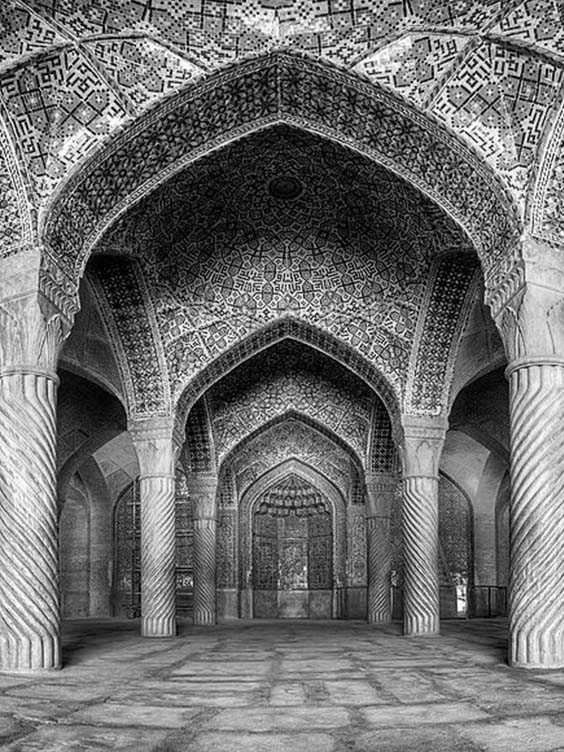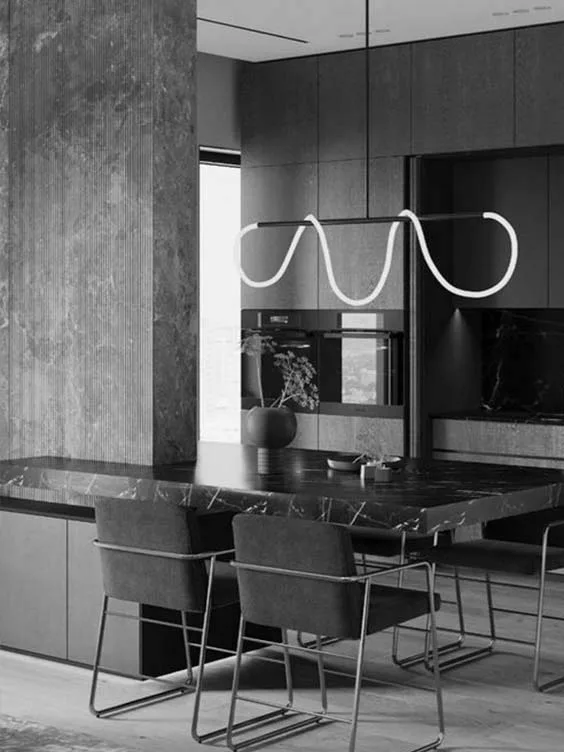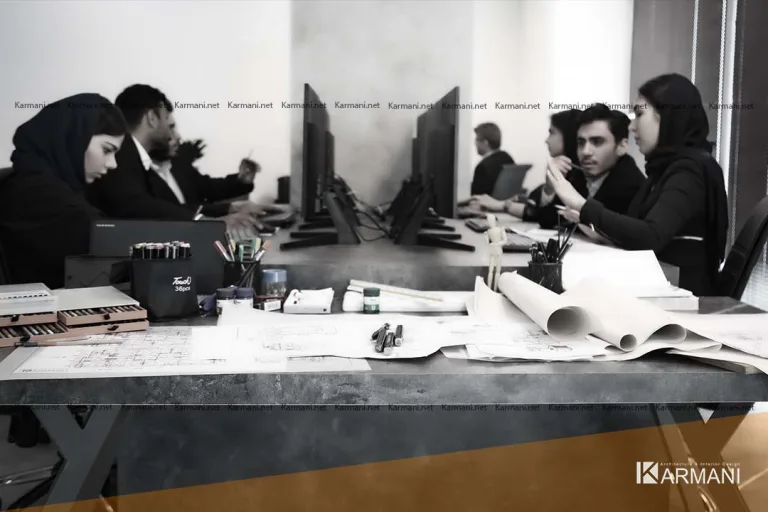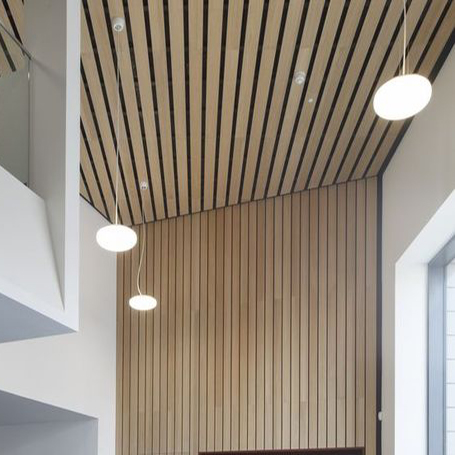Cultural and Regional Design Influences: Shaping the World of Creativity
In today’s interconnected world, design has become a global language that transcends boundaries, capturing the essence of different cultures and regions. From architecture to fashion, furniture to graphic design, each corner of the world contributes to the rich tapestry of creative expression. Cultural and regional influences play a vital role in shaping design aesthetics, techniques, and approaches. This article explores the fascinating interplay between culture, region, and design, highlighting how these influences inspire and impact the creative industries worldwide.
مشاوره تخصصی معماری و دکوراسیون داخلی
پس از مطالعه این مقاله در صورت نیاز به مشاوره تخصصی میتوانید باگروه معماری کارمانی در ارتباط باشید.
طراحی و اجرای تخصصی معماری و معماری داخلی اماکن: مسکونی ● تجاری ● اداری ● ویلا و فضای سبز
میدان جانباز، برج پاژ، اداری یک، طبقه ۱۰، واحد ۱۰۰۱، مشهدThe Significance of Cultural and Regional Design Influences
Design is not a monolithic concept but a reflection of diverse perspectives, histories, and values. Cultural and regional influences infuse design with unique characteristics and lend it a sense of identity. They provide a lens through which designers can explore and interpret the world, ensuring that their creations resonate with specific audiences. By embracing these influences, designers can create meaningful, relevant, and authentic experiences that evoke emotions and foster connections.
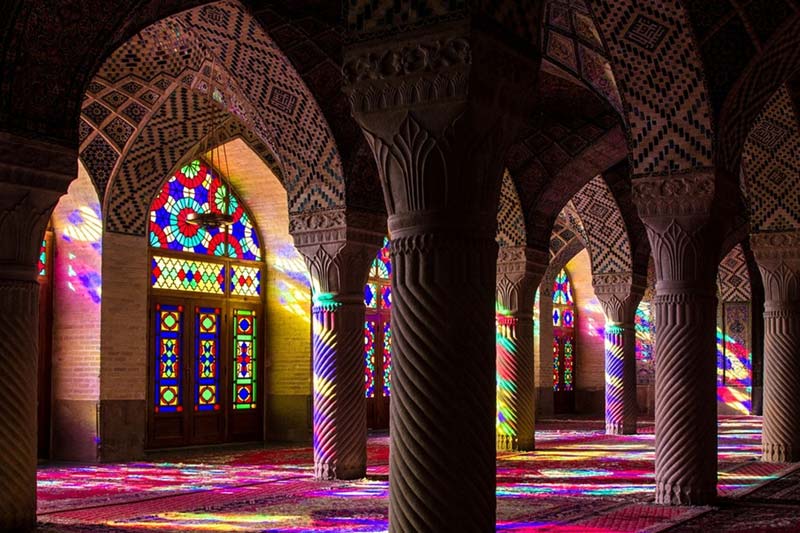
Designing with a Cultural Lens
Cultural influences are deeply rooted in the traditions, beliefs, customs, and aesthetics of a particular community or society. They form the foundation upon which design concepts are built, offering insights into the collective consciousness of a people. When designers adopt a cultural lens, they gain a profound understanding of the cultural nuances, symbols, and narratives that shape a society. This allows them to create designs that are sensitive to cultural identities and preferences.
For example, Japanese design principles emphasize simplicity, minimalism, and harmony with nature. This aesthetic philosophy, known as “wabi-sabi,” embraces imperfections and impermanence. Japanese architecture, such as the traditional tea houses, gardens, and the Zen rock gardens, are prime examples of design influenced by cultural values. The clean lines, muted colors, and natural materials reflect the Japanese reverence for nature and the pursuit of tranquility.
Regional Design Diversity
Beyond cultural influences, regional factors such as climate, geography, and historical context also shape design aesthetics. Each region’s unique characteristics give rise to distinct design sensibilities and solutions that address specific challenges and opportunities.
In Scandinavia, for instance, the concept of “hygge” has deeply influenced design. Hygge, a Danish word that encompasses coziness, warmth, and contentment, has inspired Scandinavian design principles. Characterized by simplicity, functionality, and the use of natural materials, Scandinavian design aims to create inviting, comfortable spaces that promote well-being. This design philosophy, epitomized by the iconic works of designers like Arne Jacobsen and Alvar Aalto, has gained global recognition for its timeless elegance and functionality.
Cross-Cultural Design Fusion
In an increasingly interconnected world, design is experiencing a rich cross-pollination of ideas, resulting in exciting design fusions. As designers draw inspiration from different cultures and regions, they blend diverse aesthetics, techniques, and materials to create innovative and eclectic designs.
One prominent example is the fusion of traditional African textiles with contemporary fashion. Designers like Duro Olowu and Lisa Folawiyo have skillfully incorporated vibrant African prints and patterns into modern silhouettes, captivating global audiences with their bold and distinctive designs. This cross-cultural exchange not only celebrates African heritage but also challenges conventional notions of fashion, pushing boundaries and expanding the design landscape.
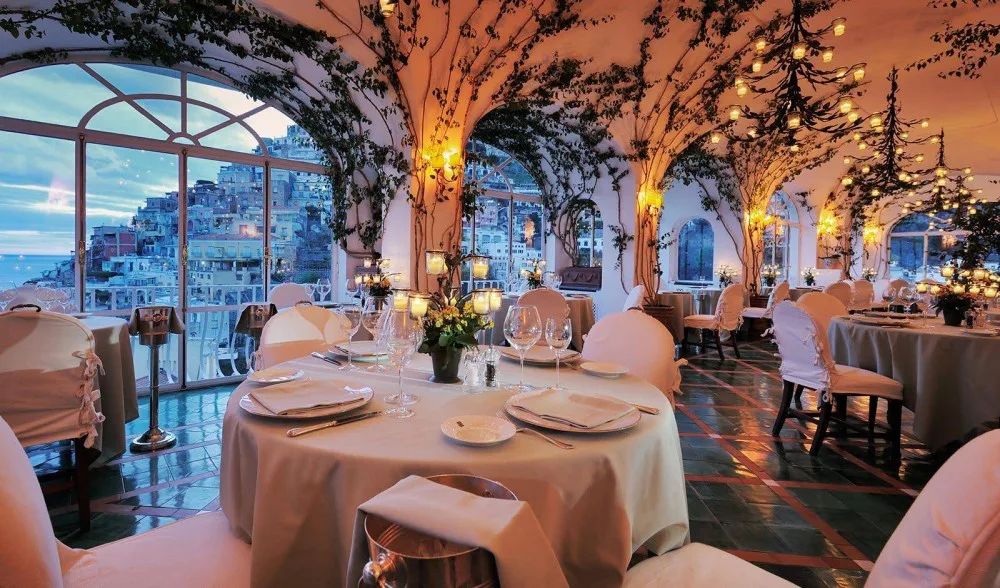
Preserving Cultural Heritage through Design
Design has the power to preserve and celebrate cultural heritage by incorporating traditional craftsmanship, techniques, and motifs into contemporary creations. By combining tradition with innovation, designers can revitalize cultural practices and ensure their survival for future generations.
In India, the craft of block printing has been revitalized through modern design interventions. Designers have collaborated with local artisans to create contemporary fashion and home decor items that showcase the intricate artistry of block printing. These collaborations provide economic opportunities for artisans while preserving their age-old craftsmanship. Additionally, they enable a wider audience to appreciate and engage with traditional art forms in a contemporary context.
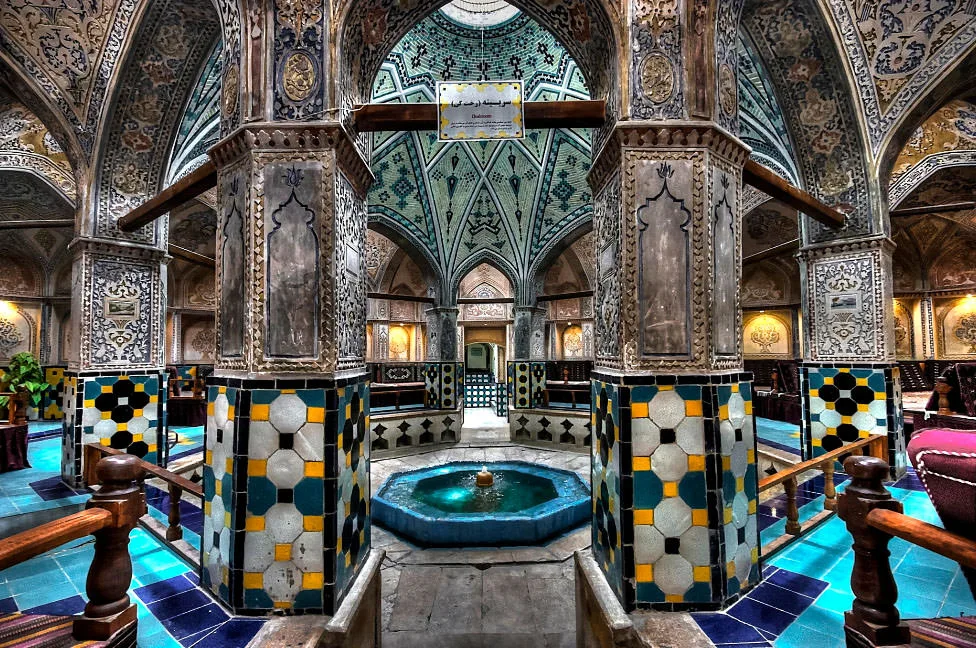
Designing for Global Sustainability
Cultural and regional design influences also intersect with the growing focus on sustainability and ecological responsibility. Indigenous communities, for instance, have long practiced sustainable design principles by utilizing local resources, minimizing waste, and maintaining a harmonious relationship with nature.
Incorporating such indigenous knowledge into mainstream design practices can help mitigate environmental challenges. Examples include the use of natural, biodegradable materials, embracing traditional construction techniques that optimize energy efficiency, and integrating design solutions that work in harmony with local ecosystems.
Conclusion
Cultural and regional design influences are a testament to the incredible diversity of our world. They enrich the creative landscape, infusing design with meaning, authenticity, and global relevance. By appreciating and embracing these influences, designers can create captivating, inclusive, and sustainable designs that resonate with people across cultures and regions. As we continue to explore and celebrate the myriad design traditions worldwide, let us remember that cultural and regional design influences are a bridge that connects us, fostering understanding, appreciation, and a shared sense of beauty.
References:
